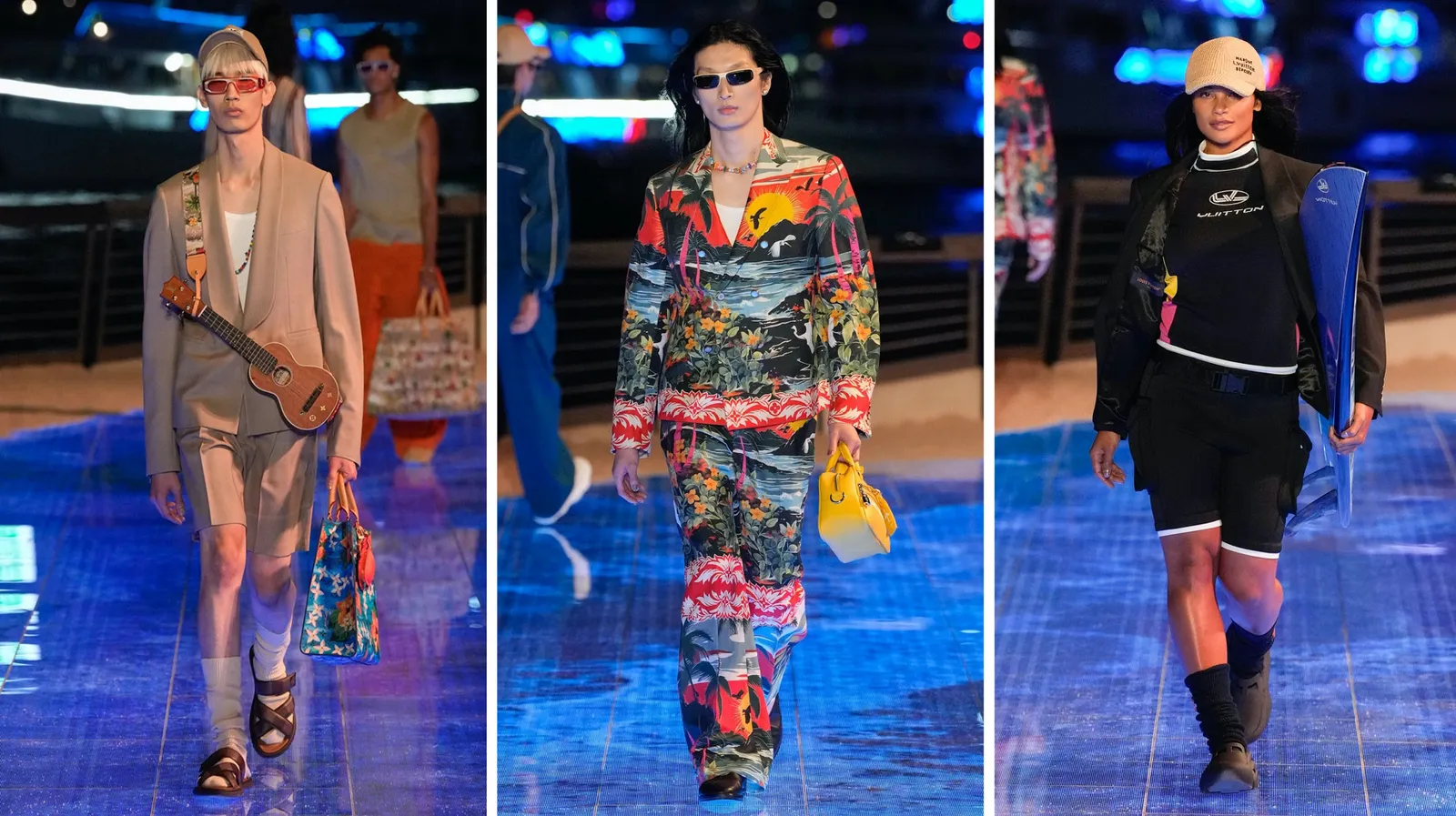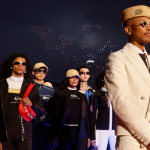In the realm of high fashion, Louis Vuitton stands as an iconic symbol of luxury, synonymous with opulence, craftsmanship, and a storied heritage. However, as the brand’s global footprint continues to expand, a pertinent question emerges: Does the mass production necessary to meet demand align with the essence of true luxury?
The Global Reach of Louis Vuitton:
Louis Vuitton, founded in 1854, has evolved from a French workshop crafting custom luxury trunks to a global powerhouse with a ubiquitous presence. Its expansion into ready-to-wear fashion, accessories, and beyond has propelled it to the forefront of the luxury market, with a sprawling network of boutiques spanning the globe.
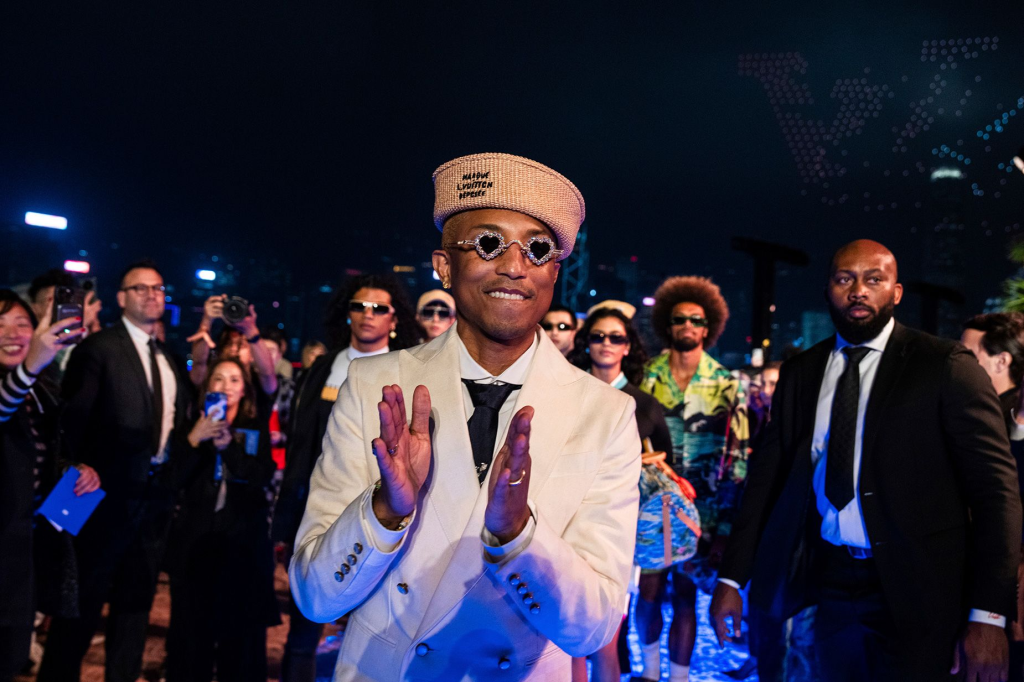
Mass Production and Luxury:
Traditionally, luxury has been associated with exclusivity, rarity, and meticulous craftsmanship. However, as Louis Vuitton caters to a burgeoning global market, the need for mass production becomes inevitable. This raises a fundamental question: Can a product truly be considered luxurious if it is produced on a large scale to meet high demand?
Craftsmanship vs. Accessibility:
Louis Vuitton maintains a commitment to craftsmanship, often highlighted by the intricate details and precision evident in its products. Yet, the sheer volume required to supply a vast consumer base may introduce challenges to maintaining the same level of meticulous handcrafting that defines traditional luxury.
The Paradox of Accessibility:
While mass production ensures accessibility to a broader audience, it inherently challenges the traditional exclusivity associated with luxury. Louis Vuitton’s popularity has made its products coveted by a diverse demographic, blurring the lines between exclusivity and widespread availability.
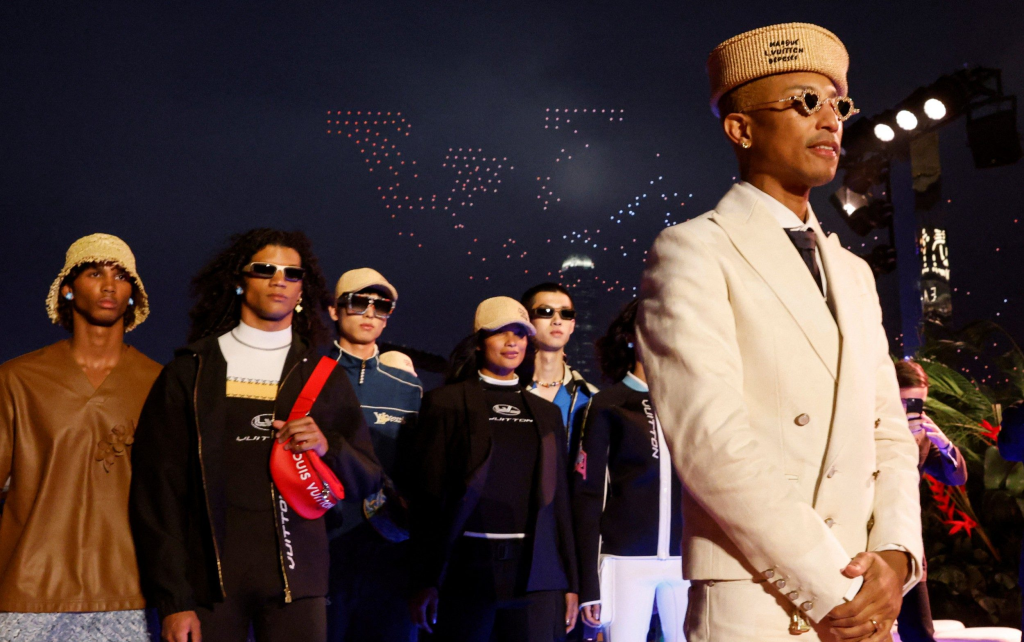
Sustainability Considerations:
As the fashion industry grapples with sustainability concerns, the environmental impact of mass production cannot be ignored. Louis Vuitton, like many luxury brands, faces the imperative of balancing sustainability goals with the demand for its products.
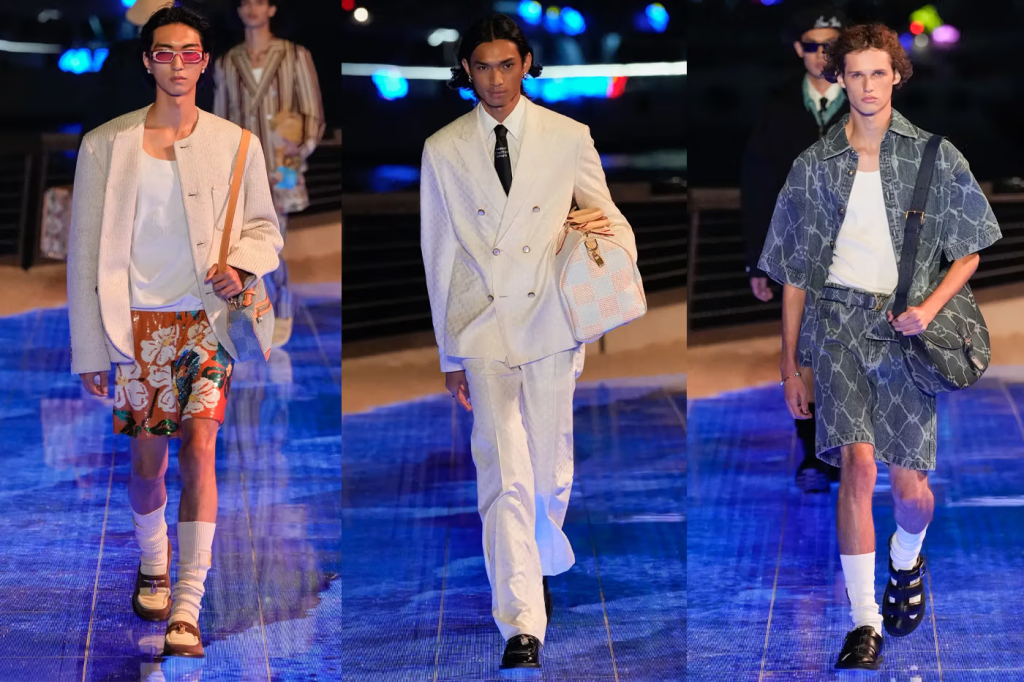
The Evolving Definition of Luxury:
Louis Vuitton’s massive footprint prompts a reevaluation of the concept of luxury in the modern era. Can a brand simultaneously cater to a global market and uphold the traditional standards of exclusivity? The evolving definition of luxury suggests that accessibility, craftsmanship, and sustainability are interconnected facets that shape contemporary perceptions.
Louis Vuitton’s journey from a bespoke trunk maker to a global luxury phenomenon exemplifies the evolving dynamics of the industry. As the brand navigates the delicate balance between mass production and craftsmanship, it prompts a broader conversation about the nature of luxury in a changing world. The paradox of maintaining exclusivity while being globally accessible challenges conventional notions, inviting us to redefine what luxury means in the 21st century.
Shayne Heffernan


